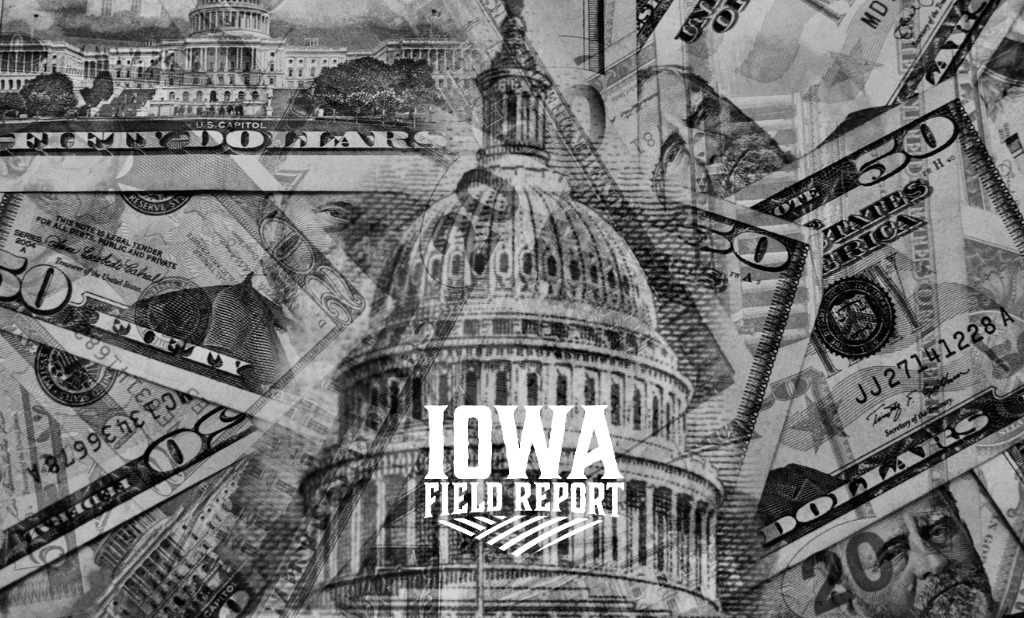The COVID-19 pandemic began in March 2020, yet the federal government took over a year to direct financial relief to municipalities across the country through the American Rescue Plan Act (ARPA). The pandemic hit local communities across Iowa hard, but our governments survived the pandemic with little lasting fiscal damage. Now Iowa’s cities and counties face the task of spending ARPA funds while also complying with the U.S. Treasury’s complicated guidelines.
To discover how local governments were using these funds, Iowans for Tax Relief Foundation (ITRF) conducted a survey of select. Our intent was not only to report on what local government officials have done, but also to discern the long-term effects for taxpayers.
While elected officials have been presented with countless ideas about how to spend ARPA funds, prioritizing the interests of the taxpayer should have been at the top of their minds. In addition to direct property tax relief, investments in permanent infrastructure projects and fulfillment of deferred maintenance obligations would be prudent uses of these funds. Putting the taxpayer on the hook for future spending by hiring new employees, in contrast, is an example of windfall spending that should be avoided.
Sioux City and Woodbury County received a combined $60.6 million, with $40.6 million going to the city. For the most part, both local governments have already decided how to spend those funds across the community.
Woodbury County claimed the maximum amount for the revenue replacement category, allowing more flexibility to use the funds as officials see fit. For instance, the Board of Supervisors directed funds toward the Justice Center’s ventilation system. Other ARPA spending items include mental health needs and retention pay for employees. Sioux City was one of the few governments surveyed that did not claim any revenue loss due to the pandemic, which is probably why it has obligated 94% of its $40 million toward stormwater, drinking water, and sewer projects. Other smaller projects for the city include maintenance for the city-owned athletic facilities, a study on broadband feasibility, and premium pay for employees.
Taxpayers across the state have questioned why ARPA funds were not used to reduce property taxes. While no local government in our survey chose to directly reduce property taxes with ARPA funds, Woodbury County chose to slightly cut to its property tax rate in this year’s budget by 1 cent. In contrast, the Sioux City council chose to increase its levy rate by 97 cents, the largest increase of all governments included in the survey.
No doubt, many local governments experienced negative financial effects from the pandemic; however, assistance given nearly 18 months after the onset was arguably too late to do much good. In fact, more than 85% of the rescue funds allocated to local governments we surveyed remains unspent. Even now, when our lives are practically back to normal, the federal government is scheduled to send more money, which will only further contribute to the country’s rising inflation.
To read more details about this survey, visit HERE
Sarah Curry is the Research Director at the Iowans for Tax Relief Foundation.



